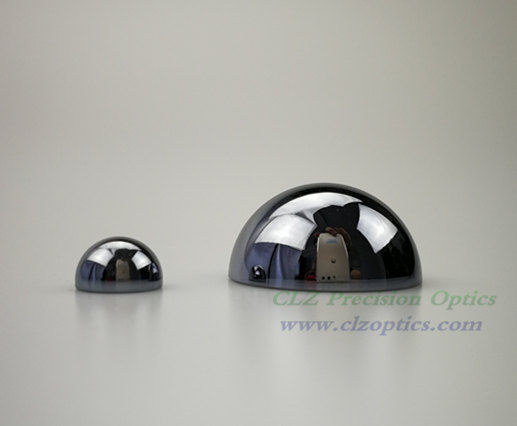
Infrared lenses are lens assemblies optimized for light processing in the infrared region, including near-infrared, short-wave infrared, mid-wave infrared, and long-wave infrared. IR lenses are optical lenses that use specific substrates or anti-reflective coatings to maximize performance for applications above 700nm including thermal imaging, FLIR or spectroscopy.
The single crystal of silicon used in semiconductors has low absorption in the infrared wavelength of 1.2 - 7μm and it can be used as an optical element of infrared light.
Silicon (Si) is a hard material and has good transmission in the IR bank, it is a good choice to make windows to protect other elements of lens systems.
Silicon optics are used in a variety of infrared applications operating in the 1.2 - 7μm wavelength range, including near infrared imaging or infrared spectroscopy. Silicon's low density (2.329 g/cm 3 ) is ideal for weight-sensitive applications. Silicon has a Knoop hardness of 1150, which makes Silicon Lenses harder and less brittle than comparable germanium optics.
And refractive index of about 3.4975 at 1.357µm through to 3.4176 at 11µm, it is a good choice to use in broad-spectrum thermal imaging systems. Sometimes, the Si lenses will be used with Ge and ZNSE in the optical systems to form well-corrected.
We use our expertise to design and manufacture high-performance Silicon Windows and assemblies for our customers.
CLZ specializes in custom high-precision optical Silicon lenses, which are manufactured according to customer drawings. We can also provide coating simulations and feedback on your inquiries upon request. CLZ Optical Co., Ltd can offer silicon windows and Optical Windows for NIR and Mid Waveband Infra-Red Imaging Systems.
Copyright:@2020-2021
Comments Please sign in or sign up to post.
0
0 of 500 characters used